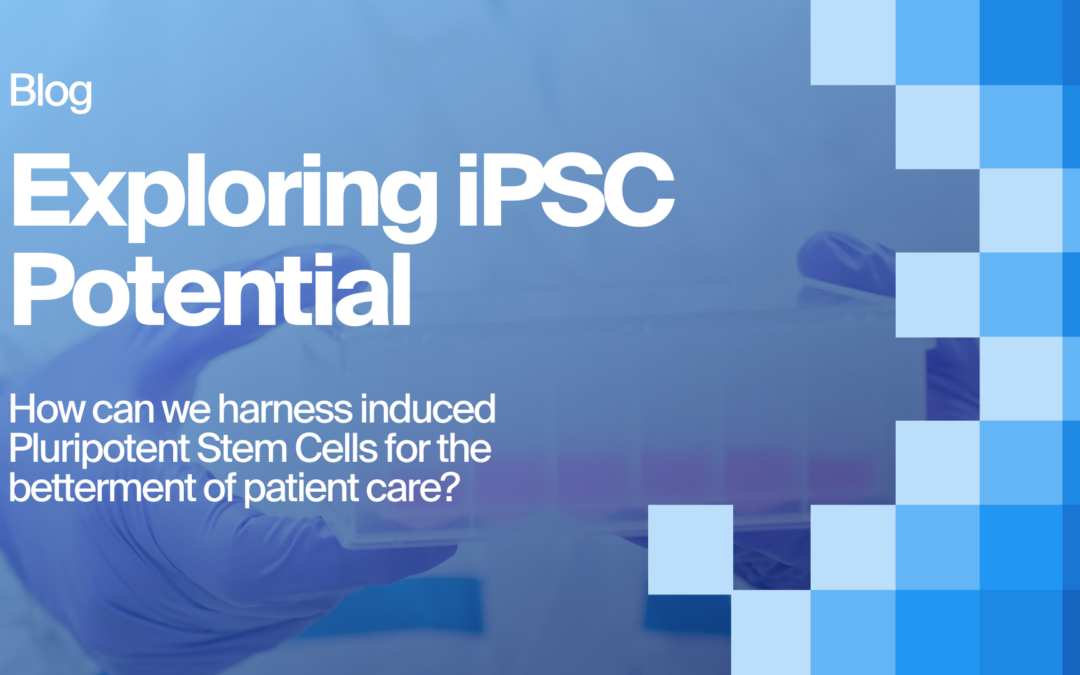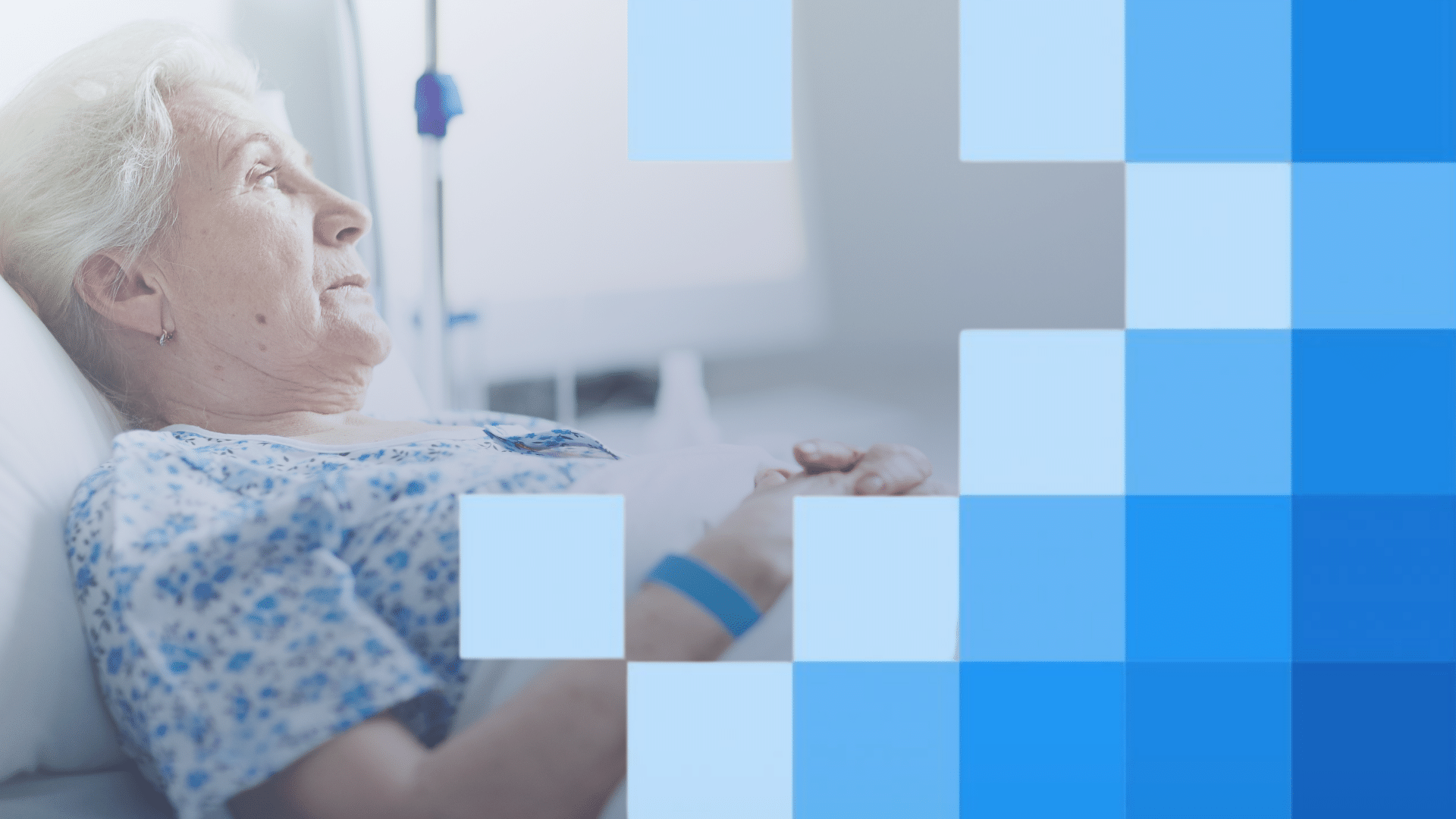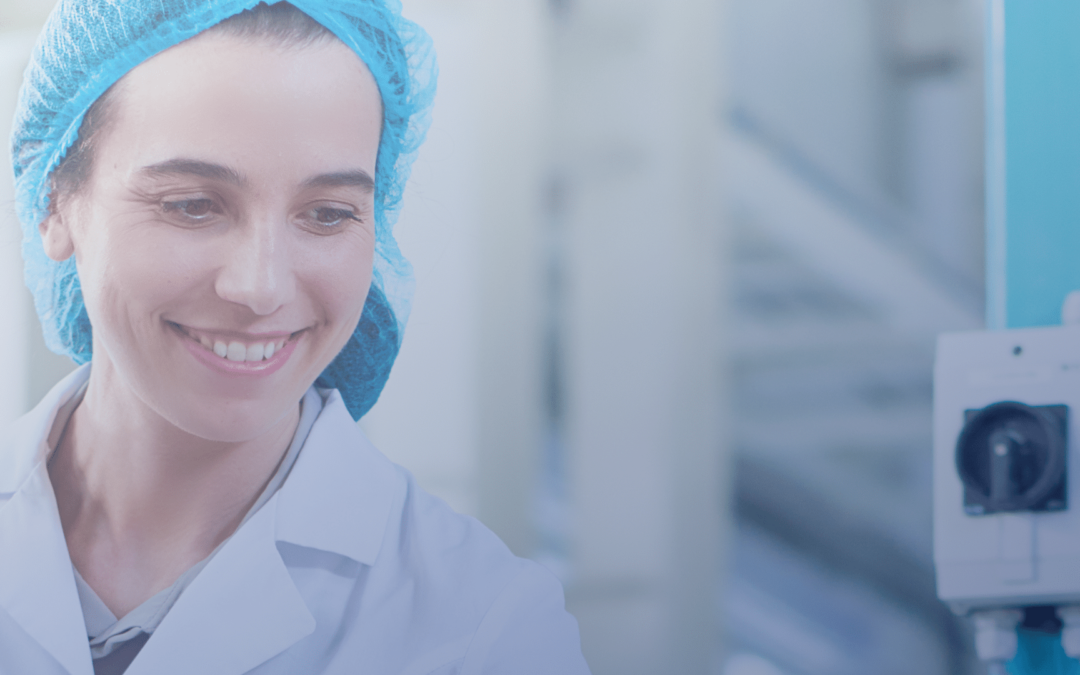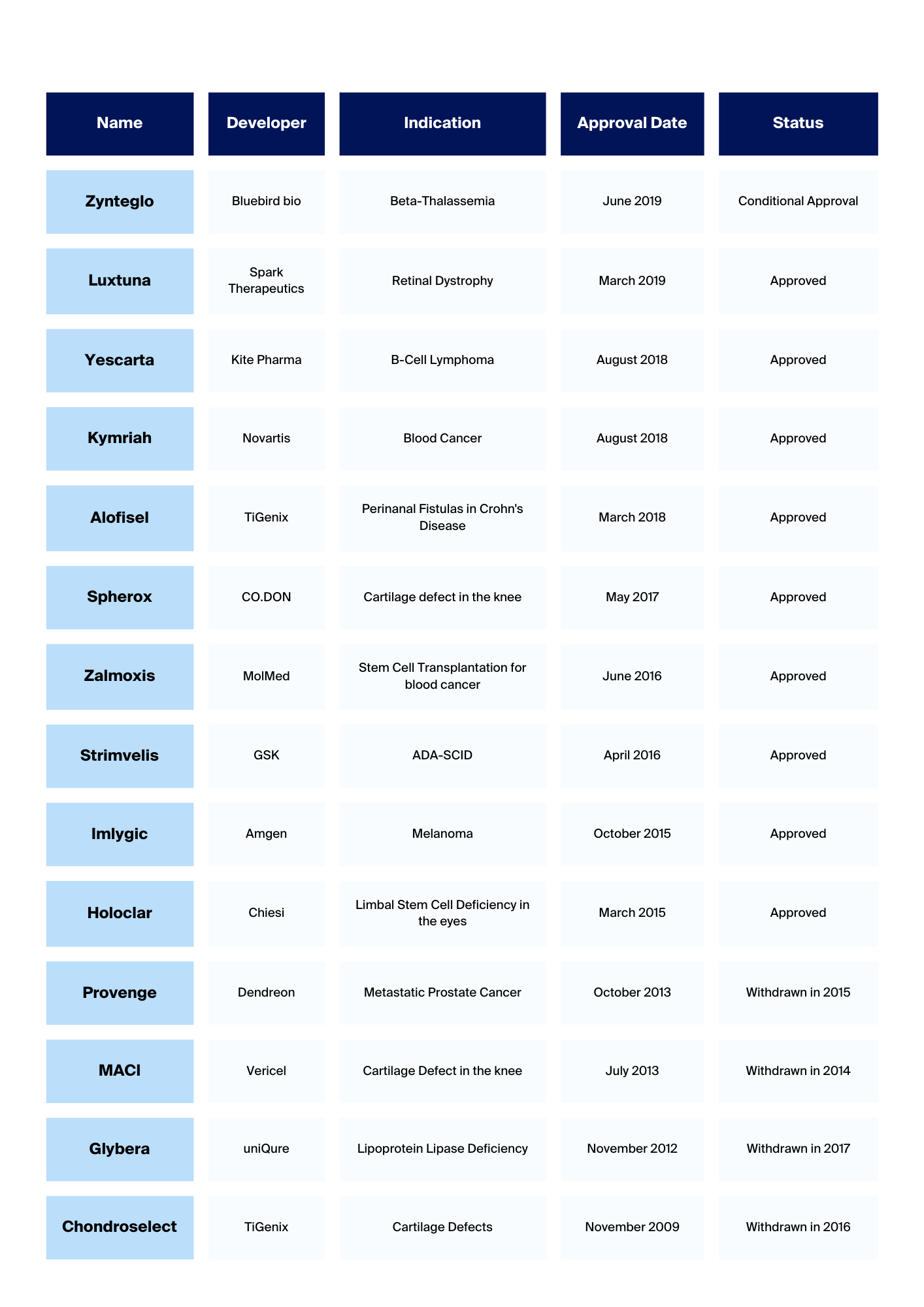
What are iPSCs? And what is their potential?
What are iPSCs? And what is their potential?
The concept of reverting a cell to its most primitive and adaptable state is no longer a mere figment of imagination. This is the reality of induced pluripotent stem cells (iPSCs), which have the potential to morph into nearly any cell type in the human body. But how can this be harnessed for the betterment of patient care?
Stem Cell Spectrum
Stem cells are foundational cells with the unique ability to develop into various cell types in the body. They are primarily divided into two main categories: embryonic stem cells and adult stem cells.
Embryonic stem cells are extracted from the inner cell mass of embryos. These cells are pluripotent, which means they can transform into more than 200 different cell types in the body. Their versatility makes them a kind of “blank slate.” This inherent plasticity, self-renewal and differentiation potentials has made them a significant focus of scientific research.
What are induced Pluripotent Stem Cells (iPSCs)?
Introducing induced pluripotent stem cells (iPSCs) added a new dimension to the stem cell spectrum. iPSCs are generated from somatic cells, like skin cells, that have undergone genetic reprogramming to revert to a pluripotent state akin to embryonic stem cells. Due to their adult somatic origin, iPSCs have sidestepped many of the ethical concerns tied to embryonic stem cell research.
In summary, iPSCs emerged as a game-changer in stem cell research. By harnessing the potential of pluripotent cells and merging it with the patient-specific origin, they offer immense promise for therapeutic applications, disease modelling, and further scientific exploration.
Cellular Time Machines
The term “cellular time machines” aptly describes induced pluripotent stem cells (iPSCs). At their core, iPSCs are adult cells that have undergone a transformative process, allowing them to revert to an embryonic-like state. This reprogramming grants them the flexibility and adaptability characteristic of embryonic cells.
To understand this analogy, consider the life of a cell. As cells mature, they differentiate and become specialized, losing their original pluripotency. However, with iPSCs, scientists have found a way to reverse this process. It’s akin to turning back the hands of time on a cell’s life, restoring its youthful potential and versatility. This remarkable ability to revert mature cells to their primitive state is why iPSCs are often likened to “time machines” in the cellular world.
Yamanaka Factors: The Cellular Catalysts
In 2006, a pivotal shift occurred in stem cell research. Shinya Yamanaka and his team introduced the world to induced pluripotent stem cells (iPSCs). This discovery was not just another scientific finding; it represented a monumental leap, bridging the gap between the theoretical potential of stem cells and their tangible applications in medical science.
Central to creating iPSCs are the Yamanaka factors: Oct4, Sox2, Klf4, and c-Myc. These factors play a crucial role in the reprogramming process. When introduced into adult cells, they reactivate the dormant pluripotency genes, effectively rejuvenating the cell and reverting it to an embryonic-like state. It’s as if these factors hold the “keys” to unlocking the latent potential within cells, enabling them to regain their youthful flexibility and adaptability. This process has opened up new avenues in stem cell research, offering a more ethical and accessible way to harness the power of pluripotent cells.
Transformative Role of iPSCs in Regenerative Medicine
Induced pluripotent stem cells (iPSCs) are at the forefront of advancements in regenerative medicine, heralding a new era of therapeutic possibilities. Their inherent versatility is showcased in multiple ways.
For instance, they can potentially repair damaged tissues, such as cardiac tissues after a heart attack or neural tissues following spinal cord injuries*. This ability to regenerate and restore function to injured areas offers hope to many patients with limited treatment options.
Furthermore, the potential of iPSCs extends beyond tissue repair. Scientists are exploring their capacity to grow entire organs for transplantation*. Imagine a future where patients no longer have to wait on extensive donor lists for a life-saving organ. Instead, they could receive a custom-grown organ derived from their cells, diminishing the risks of organ rejection.
The adaptability of iPSCs is genuinely unparalleled. For instance, in neurodegenerative diseases like Parkinson’s, researchers are investigating how iPSCs can be used to replace damaged dopamine-producing neurons*. Similarly, in the field of diabetes research, there’s an ongoing exploration into how iPSCs can be transformed into insulin-producing beta cells, potentially offering a more definitive solution for diabetes patients*.
As the landscape of regenerative therapies continues to evolve, iPSCs stand out as a cornerstone. Their diverse applications, from tissue repair to organ generation, make them invaluable. With each research breakthrough, the promise of iPSCs broadens, bringing us closer to medical solutions that once seemed beyond our reach. As we delve deeper into the capabilities of these cells, the future of medicine looks brighter, offering hope for transformative treatments and cures.
Advancing Disease Modelling
Beyond their role in regenerative medicine, induced pluripotent stem cells (iPSCs) are pivotal in disease modelling and drug discovery. Generating patient-specific cells allows researchers to gain a more profound understanding of various diseases at a cellular level. This personalized approach provides a unique window into the intricacies of disease mechanisms, facilitating the identification of potential treatment pathways. As a result, iPSCs are accelerating the discovery of effective treatments and paving the way for potentially revolutionary cures in the medical landscape.
Ethical Advantages
Stem cell research, particularly involving embryonic stem cells, has long been at the centre of ethical debates. However, induced pluripotent stem cells (iPSCs) offer a distinct advantage in this contentious arena. Derived from adult cells, iPSCs eliminate the need to use embryos, sidestepping the primary ethical concerns that have overshadowed embryonic stem cell research. As a result, iPSCs present a more universally accepted approach, providing the scientific community with a powerful tool that aligns more harmoniously with ethical considerations.
The Future of iPSCs
Looking forward, the prospects for induced pluripotent stem cells (iPSCs) are incredibly promising. These cells hold the potential to drive unprecedented medical advancements, reshaping the landscape of healthcare. As research continues to delve deeper into the capabilities of iPSCs, we are on the cusp of transformative breakthroughs that could herald a new era in medical treatments and interventions. The journey of exploring iPSCs leads us towards a profound evolution in healthcare, with possibilities that were once deemed the stuff of science fiction now within reach.







